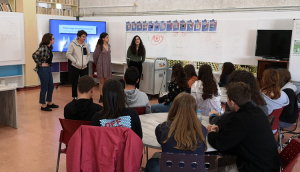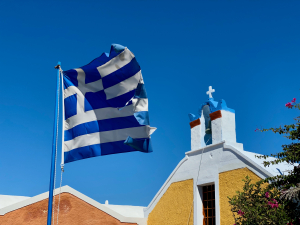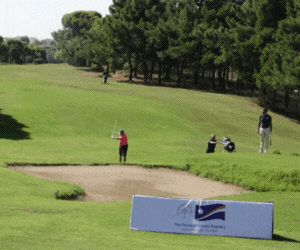XpatAthens
Education Meets Innovation As Students Showcase Their Ideas
Students shared their passions and intellectual curiosities at the 3rd Annual Innovation Summit - February 18-19, 2020
Tax Returns Platform To Open At The End Of March
To read this article in full, please visit: ekathimerini
When To Watch The Supermoon In Greece
Originally posted on newsbeast.gr.
Important Coronavirus Update - Schools Close Nationwide
School Closures in Greece - Updated on March 21, 2020
On March 10th, 2020, the Greek Ministry of Health announced the closure of all schools and universities as part of the preventative measures taken to contain the spread of the coronavirus in Greece. The measure applies to private and public schools, kindergartens, preschools, universities, and cram schools, and it aims to reduce the spreading of the virus.
The Greek Ministry of Education announced the extension of the closure of all educational institutions until April 10 as a measure to counteract the coronavirus pandemic. Niki Kerameos, the Minister of Education, has not ruled out an extension to the school and academic year so that students do not lose their year or semester.
To learn more about how to stay protected or if you believe you may have been infected please CLICK HERE.
Important Notice from XpatAthens
Important Coronavirus Update – Food Outlets And Malls Close Nationwide
So as of March 15, all malls, and department stores, cafes, bars, and food outlets–except delivery and take away restaurants–will remain closed.
To learn more about how to stay protected or if you believe you may have been infected please CLICK HERE.
Important Notice from XpatAthens
Tracking The Spread Of Covid-19 In Greece
If You Have Symptoms - Here's What To Do
Only complete this online survey if you have experienced any COVID-19 symptoms and allow your device to share your location. The process takes less than a minute and your responsible response can help map confirmed and presumptive cases of COVID-19 in Greece.
The tracking system was developed as part of the MSc program "Environmental, Disaster, and Crisis Management Strategies."
March 25th Amid Covid-19 - A Reason To Smile
- The Goo Goo Dolls’ lead singer held a porch concert to help local small businesses impacted by the coronavirus.
- Formula 1 race car teams work with UK authorities to repurpose their expertise to build ventilators, which are required and in short supply for those with serious cases of COVID-19.
- Fashion designer Christian Siriano and Dov Charney repurpose their workshops to make face masks and medical gowns.
- 300 Chinese doctors and 31 tons of medical supplies arrived in Italy from China to help the Italians battle the coronavirus.
- Spanish police sing to families in lockdown in Mallorca.
- L’Oreal starts a solidarity initiative and is arming health care, pharmacy, and food distribution workers with hand sanitizer to help fight the coronavirus.
- Tesla CEO Elon Musk is gearing up to donate 250,000 N95 face masks for hospitals and to begin production of ventilators with the goal of having 1,000 ready by next week.
How To Activate Civil Protection Alert Messages
- Via Text Messages (SMS). If you don't have a smartphone, you can receive text messages. The message sender will be 112.
- Via Email. Receive an email that you can read on your cellphone, tablet, or computer. The email sender will be 112.
- Via Voice Messages. You will receive a phone call on your cellphone or landline number. The caller will be 112112. When you answer the call, you will hear a recorded or text-to-speech voice message
Free Housing For Medical Staff & COVID-19 Patients
Please contribute to the cause by sharing this article. Let's protect the health of Covid-19 patients and their families; let's show our appreciation to doctors and medical staff by allowing them to rest safely without risking the health of their own families.
Clocks In Greece Go Forward An Hour On Sunday March 29
This content has been sourced and prepared by Codico Lab.














